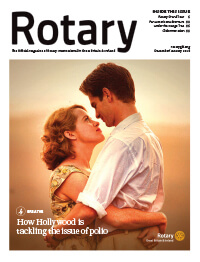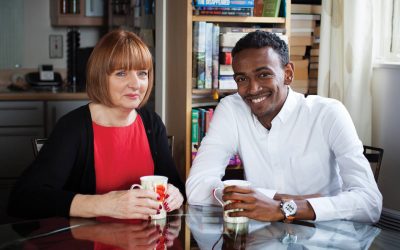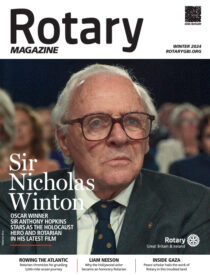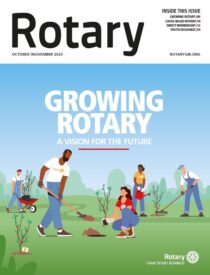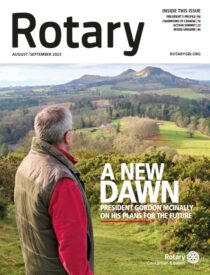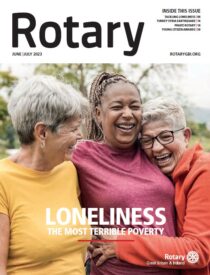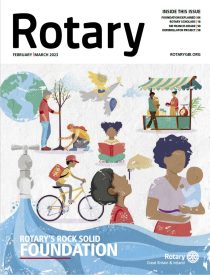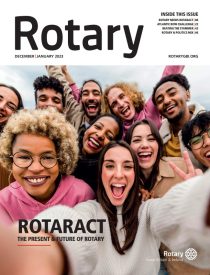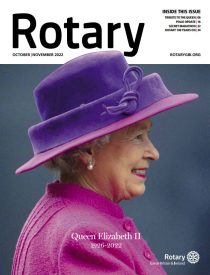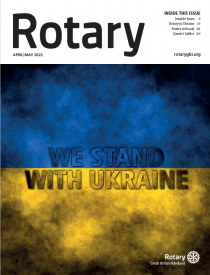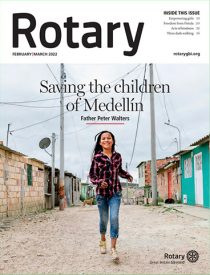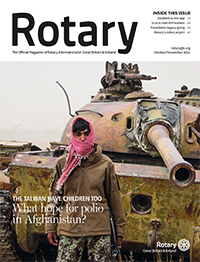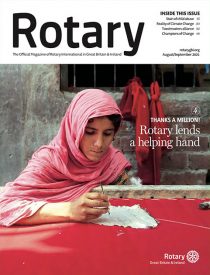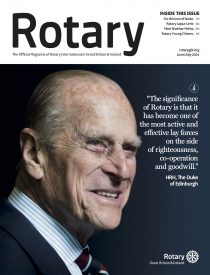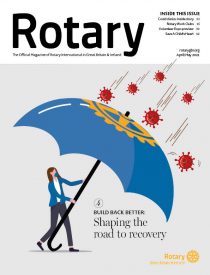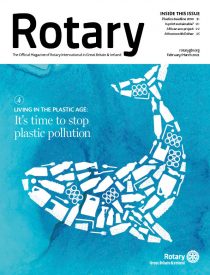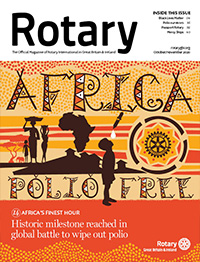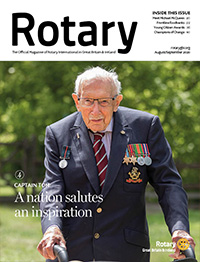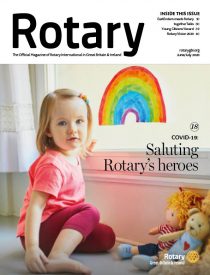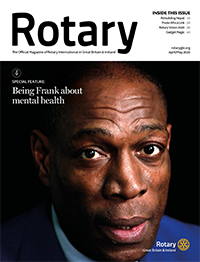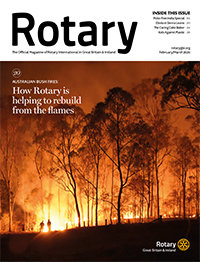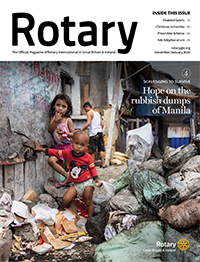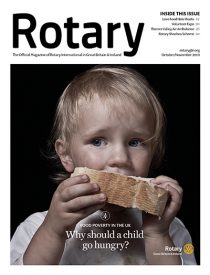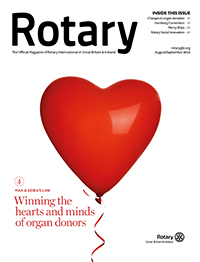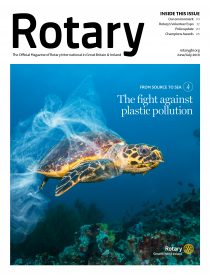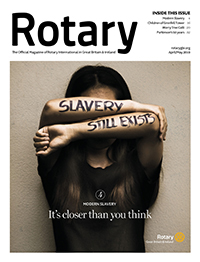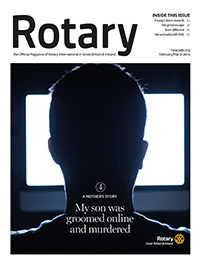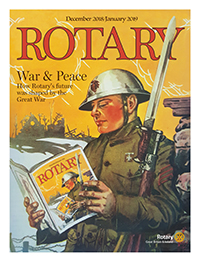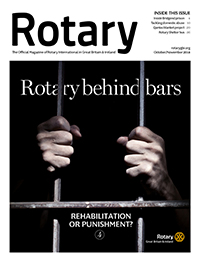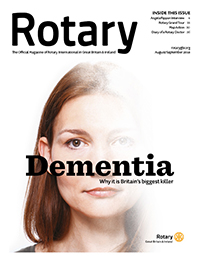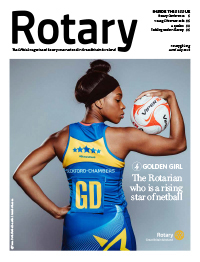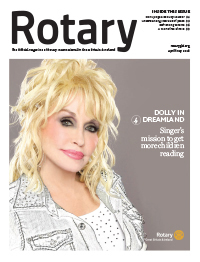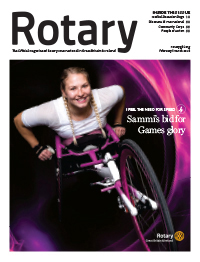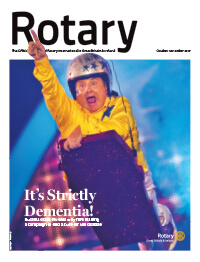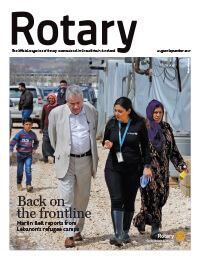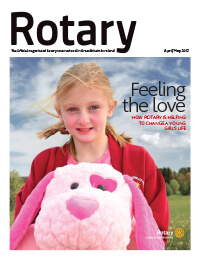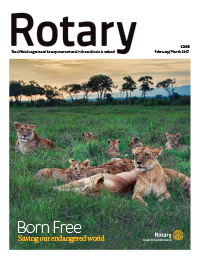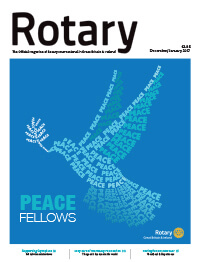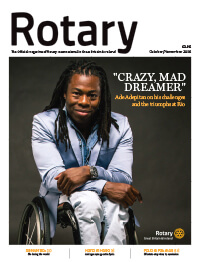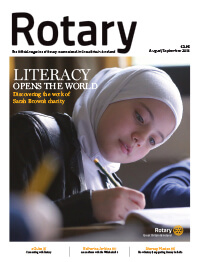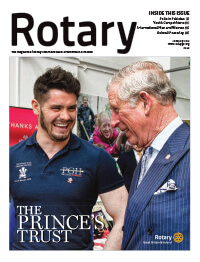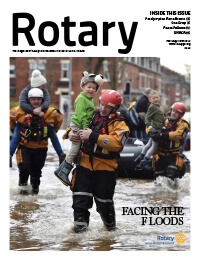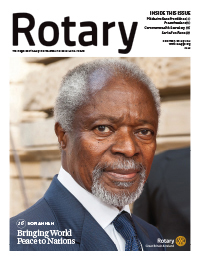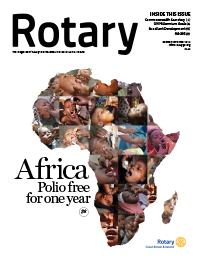Two minutes away from death at any moment – that was the chilling reality for polio sufferer Robin Cavendish MBE, whose incredible story has captured the hearts and minds of Hollywood.
To coincide with World Polio Day in October, the film Breathe opened at cinemas across the UK, with a number of Rotary districts hosting charity screenings.
Breathe is an inspirational true love story focussing on one man’s battle against polio. It’s about love without limits, and at its heart the movie is a celebration of positivity, bravery and human possibility.
The film is based on the incredible true story of producer Jonathan Cavendish’s parents, showing how Robin’s handling and reaction to his illness had a huge impact on mobility and access for the disabled.
“It didn’t seem odd to me that I was living at home with someone who was two minutes from death at any moment,” explained Jonathan.
“But I realised, even as a young person, that my parents really loved one another which helped them achieve everything they did, against the odds.”
It didn’t seem off to me that I was living at home with someone who was two minutes from death at any moment.”
Robin Cavendish contracted polio at the age of 28 while living in Kenya.
He was paralysed from the neck down, confined to a hospital bed with a respirator and given only months to live.
However, with the encouragement and help of his wife Diana, Robin spent the rest of his life advocating for people with disabilities, and popularising a new wheelchair with a built-in respirator.
Speaking at the film’s European premiere in London, Jonathan, who is featured in the movie, described Breathe as “probably the most expensive home movie ever made”.
“The message of this film is that you can achieve anything if you have the right people around you,” he added.
“If you put everything into your relationship and really go for it, life will start looking rosier and better.”
Jonathan joined Eve Conway, Vice Chairman of Rotary International’s End Polio Now: Countdown to History Campaign Committee, for a question and answer session with the audience after the film’s screening in Leicester Square to launch the London Film Festival in October.
“The thing to remember about the 1960s is that we were all frightened about the things we didn’t know,” recalled Jonathan. “Nobody had ever met anybody with that degree of disability.”
“People were frightened by polio.”
“People would shout at us in the street complaining about my father being in a wheelchair when he should have been in hospital. Can you imagine that?”
“However my dad was a very nice, inspirational and charming man, something which has been captured in the film. My dad wanted to put everyone else at ease and imbued that spirit with other disabled people who he encouraged to move out of hospital.”
Robin’s mother Diana Cavendish, who is played by the actress Claire Foy, said she loved watching the film.
Now aged 83, and speaking at the red carpet premiere hosted by the British Film Institute, she said: “I decided I was going to adopt a very detached attitude.
“My grandson told me to pretend it is somebody else. But I think they have made a really good job of it.”
“It is a long time ago but when it all first happened people who were as badly disabled as Robin were told they weren’t to leave hospital. If it hadn’t have been for the late legendary Professor Teddy Hall CBE, and his revolutionary chair, we wouldn’t have got anywhere.”
Golden Globe winner Claire Foy described Diana as a down-to-earth and very humble woman. “When I met Diana, everything about her impressed me,” explained Claire.
“She is an extraordinary woman, with her strength, her bravery and her love for her husband. Everything she did is extraordinary, and I am really pleased the story has been told.”
This film, which was first screened at the Toronto International Film Festival in September, is directed by Andy Serkis and written by twice Academy Award-nominated writer, William Nicholson OBE.
“Robin and Diana were extraordinary people,” explained Andy.
“They broke the mould. They were mavericks of their time, not settling for the limitations they were given about living life in a hospital waiting for death.”
“It was about the risks that they took, and then the joy they had as a result of that which then went on to inspire millions of others. It is quite extraordinary.”
They broke the mould. They were mavericks of their time, not settling for the limitations they were given.”
At the heart of this movie about polio is a celebration of positivity, bravery and human possibility, a theme which struck a chord with Academy Award nominee Andrew Garfield who plays Robin Cavendish.
He explained: “Robin Cavendish fought for value of life. He fought to make life meaningful and not just survive it, but to live a rich and connected life.”
“Out of such loss and suffering, they created such joy and that’s just an inspiration for all of us.”
“We all go through some version of that in our lives as we become adults, or even before we become adults in some tragic circumstances.”
“What I saw in their story was a template of how to live. How to live a life of meaning with the inevitable loss incorporated into one’s life. To laugh at the universe, to laugh at the cosmic joke, the absurdity of the slings and arrows of outrageous fortune which befall all of us in some ways.”
“They managed to do it with such grace and elegance and with a two fingers to the establishment, but also to a universe which would give Robin such a fate.”








